- Hardiness Zone: 3-12 Annual
- Can Be Grown As A Perennial In Tropic Zones
Seed Depth: 1/4 inch
Seed Spacing: 18–24 inches
Row Spacing: 24–36 inches
Sunlight: Full sun
Days to Sprout: 7–14 days
Days to Maturity: 70–80 days
Growth Habit: Upright, bushy annual
Sunlight: Requires full sun, with at least 6–8 hours of direct sunlight daily.
Soil Type: Prefers rich, well-drained soil with a pH of 6.0–6.8. Add compost or organic matter to enhance fertility.
When to Plant: Start seeds indoors 8–10 weeks before the last frost. Transplant outdoors when temperatures are consistently above 60°F.
Direct Sowing: Not recommended due to the long growing season.
Indoor Sowing: Sow seeds 1/4 inch deep in seed trays or pots. Transplant seedlings when they are 4–6 inches tall.
Succession Planting: Not typically needed; plants produce steadily once they begin fruiting.
Watering: Water deeply and consistently, keeping the soil evenly moist but not soggy. Mulch helps retain moisture and regulate soil temperature.
Fertilizing: Apply a balanced fertilizer or compost at planting and again mid-season to encourage strong growth and fruit production.
Pruning: Remove lower leaves to improve airflow and support fruit production. Stake plants if needed to prevent fruit from touching the ground.
Pest and Disease Control: Watch for flea beetles, aphids, and spider mites. Use row covers or organic pest controls to minimize damage.
When to Harvest: Harvest fruits when they are 8–10 inches long, firm, and glossy, typically 70–80 days after planting.
How to Harvest: Use a sharp knife or scissors to cut fruits from the plant, leaving a short stem attached. Avoid pulling fruits to prevent plant damage.
Seed Collection: Allow some fruits to fully ripen on the plant. Scoop seeds from mature fruits, rinse, and dry thoroughly.
Storing Seeds: Store seeds in an airtight container in a cool, dry place.
Why You’ll Love It
Compact and Productive: Grows well in smaller garden spaces or containers, while producing an abundant crop of uniform fruits.
Tender and Tasty: Skin is thinner than common globe varieties, and flesh is mild with fewer seeds — no bitterness when harvested young.
Versatile: Ideal for stir-fries, grilling, roasting, or classic eggplant Parmesan.
Reliable in Heat: Loves warm temperatures and rewards growers with continuous summer harvests.
Plant Characteristics
Height: 24–36 inches
Growth Habit: Upright and bushy with strong stems
Fruit Type: Slender, cylindrical, deep purple eggplants, 6–8 inches long
Days to Maturity: 70–80 days
Hardiness: Warm-season annual
Flavor and Culinary Uses
Flavor: Mild and slightly sweet with creamy texture when cooked
Culinary Uses: Excellent grilled, roasted, stuffed, sautéed, or added to curries, pastas, and stews
Companion Planting Tips
Good Companions: Beans, peppers, spinach, and marigolds
Avoid Planting Near: Fennel or heavy-feeding brassicas like cabbage
Bonus Benefit: Attracts pollinators when flowering and helps deter some pests when interplanted with herbs
Common Issues and Solutions
Flea Beetles: Use row covers early in the season or apply neem oil
Poor Fruit Set: Encourage pollinators and avoid excess nitrogen in the soil
Sunscald: Ensure leaf coverage or provide shade during intense heat to protect developing fruits
Seeds Per Packet
| 500mg | Approximately 140 |
| 3g | Approximately 840 |
Why You’ll Love It
Compact and Productive: Grows well in smaller garden spaces or containers, while producing an abundant crop of uniform fruits.
Tender and Tasty: Skin is thinner than common globe varieties, and flesh is mild with fewer seeds — no bitterness when harvested young.
Versatile: Ideal for stir-fries, grilling, roasting, or classic eggplant Parmesan.
Reliable in Heat: Loves warm temperatures and rewards growers with continuous summer harvests.
Plant Characteristics
Height: 24–36 inches
Growth Habit: Upright and bushy with strong stems
Fruit Type: Slender, cylindrical, deep purple eggplants, 6–8 inches long
Days to Maturity: 70–80 days
Hardiness: Warm-season annual
Flavor and Culinary Uses
Flavor: Mild and slightly sweet with creamy texture when cooked
Culinary Uses: Excellent grilled, roasted, stuffed, sautéed, or added to curries, pastas, and stews
Companion Planting Tips
Good Companions: Beans, peppers, spinach, and marigolds
Avoid Planting Near: Fennel or heavy-feeding brassicas like cabbage
Bonus Benefit: Attracts pollinators when flowering and helps deter some pests when interplanted with herbs
Common Issues and Solutions
Flea Beetles: Use row covers early in the season or apply neem oil
Poor Fruit Set: Encourage pollinators and avoid excess nitrogen in the soil
Sunscald: Ensure leaf coverage or provide shade during intense heat to protect developing fruits
Seeds Per Packet
| 500mg | Approximately 140 |
| 3g | Approximately 840 |

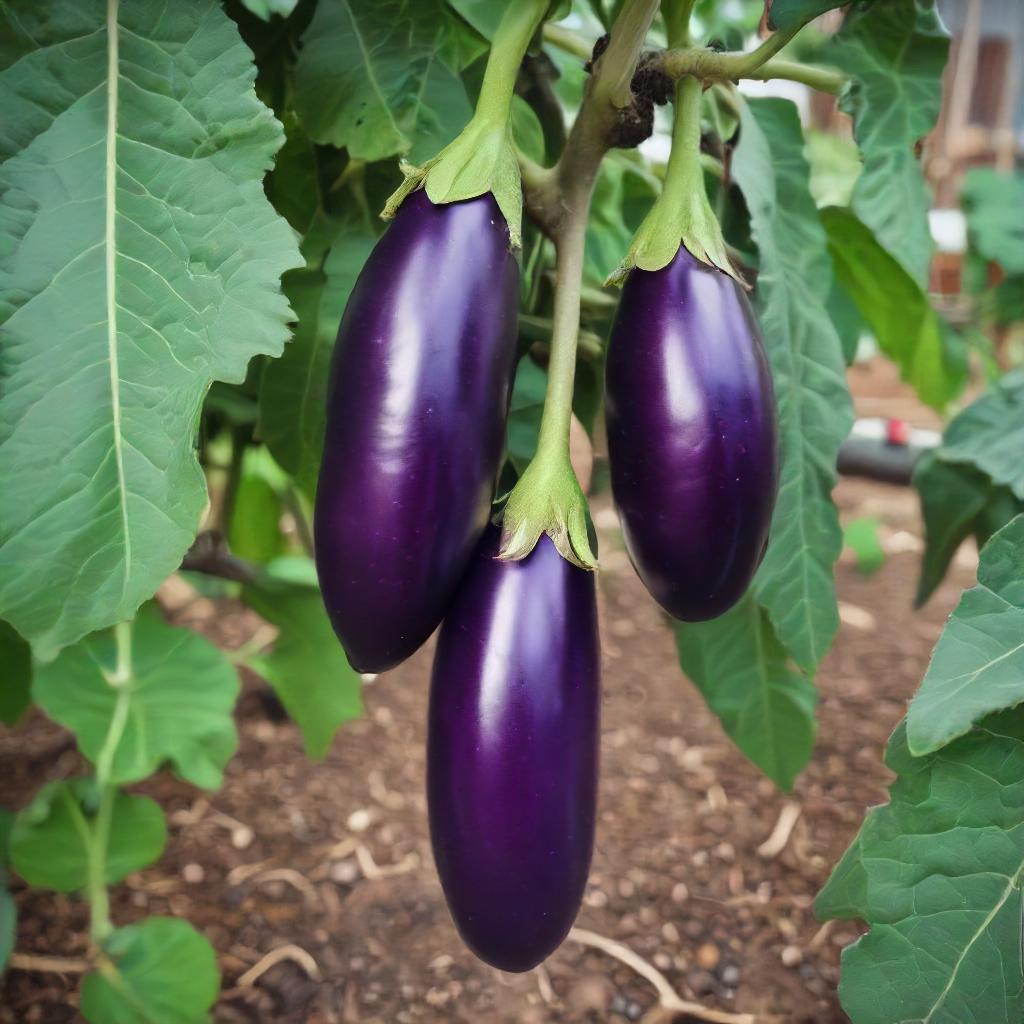
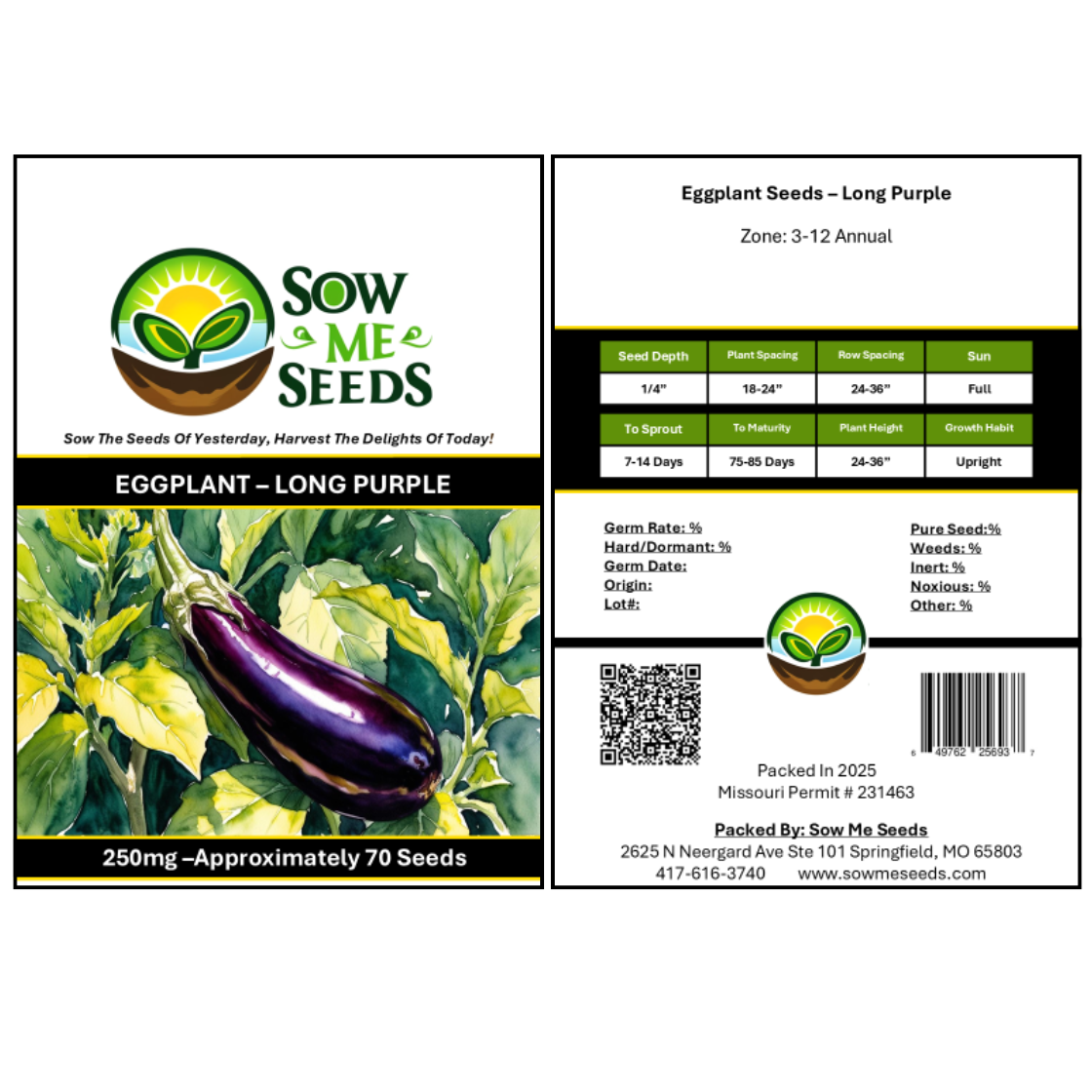
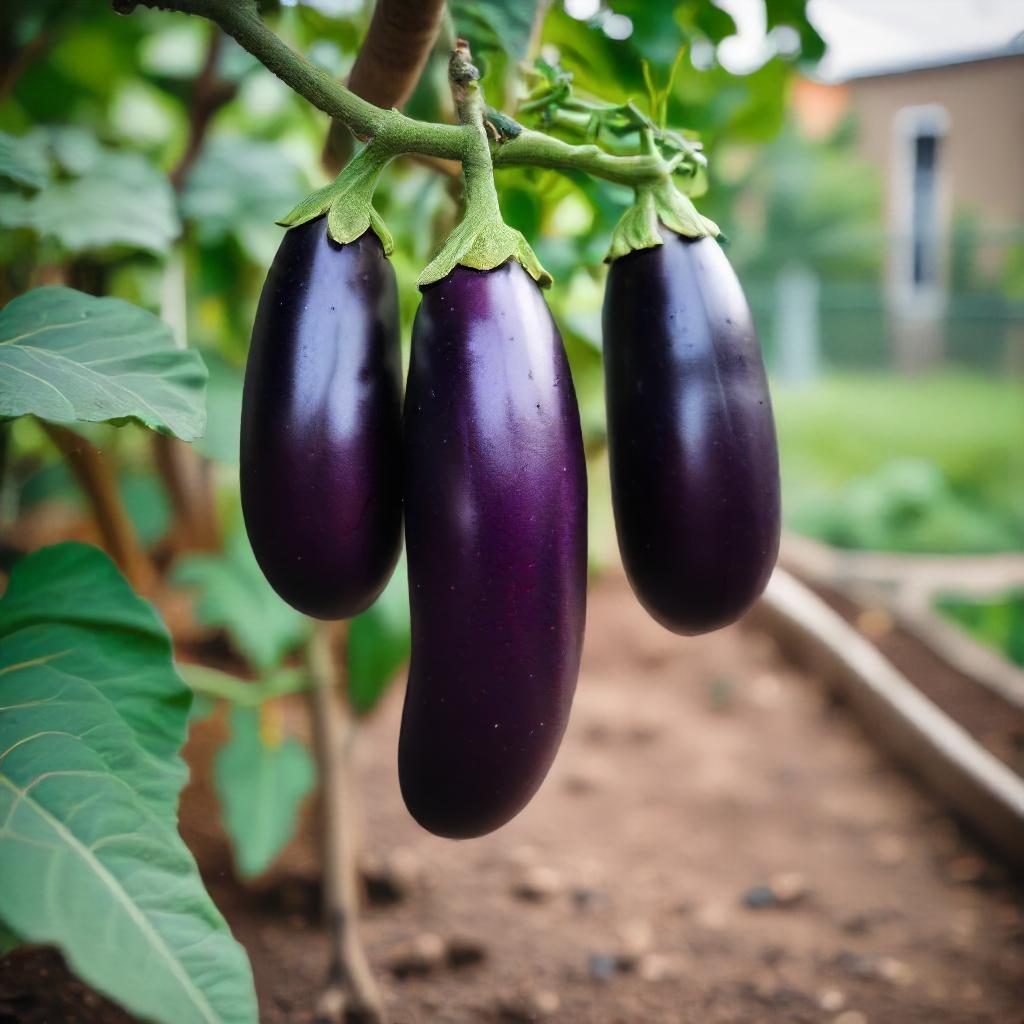
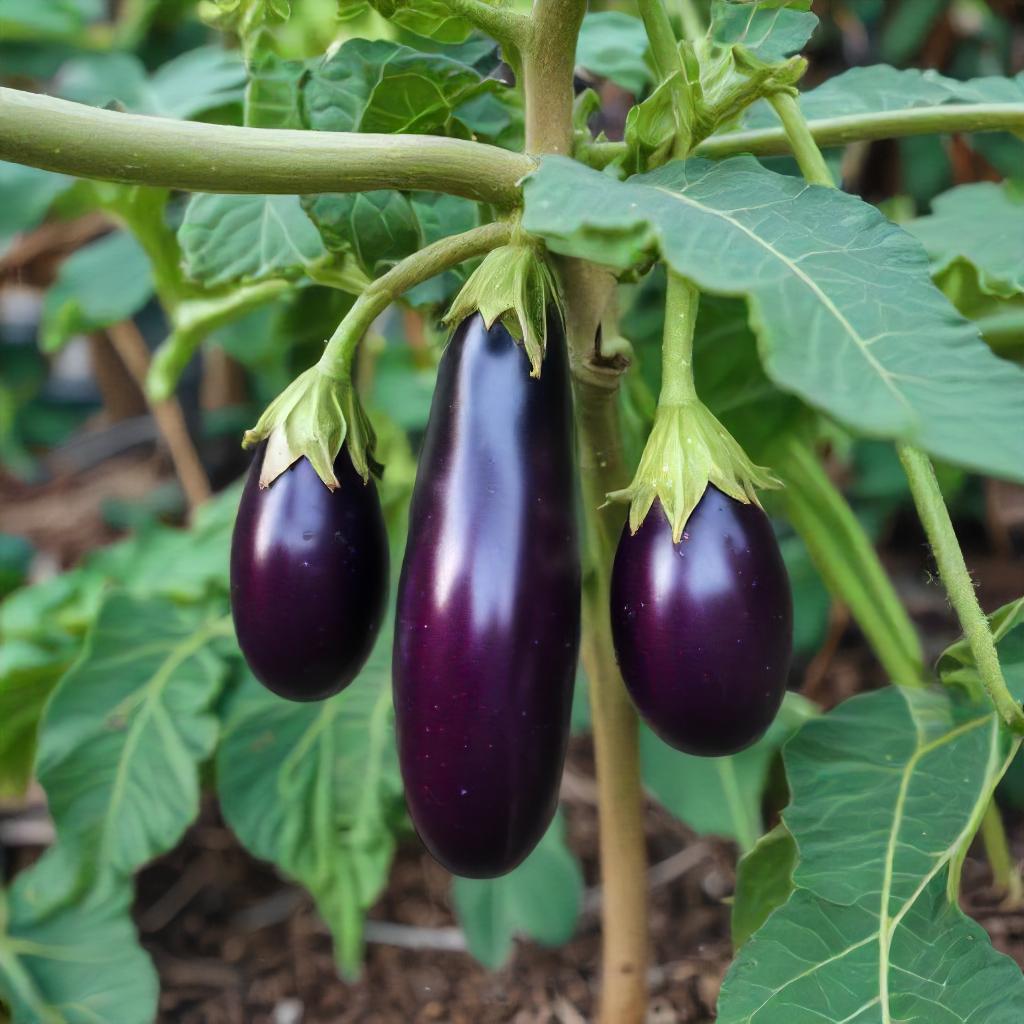
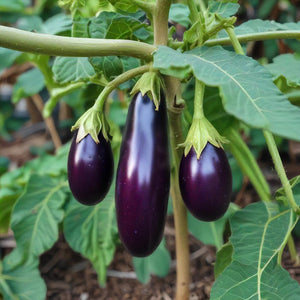
Share and get 15% off!
Simply share this product on one of the following social networks and you will unlock 15% off!